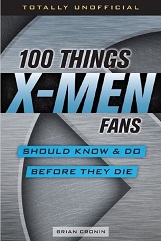Did the White Sox Offer Shoeless Joe Jackson for Babe Ruth Before the Red Sox Sold Him to the Yankees?
Here is the latest in a series of examinations into urban legends about baseball and whether they are true or false. Click here to view an archive of the baseball urban legends featured so far.
BASEBALL URBAN LEGEND: The White Sox offered Joe Jackson and $60,000 for Babe Ruth before the Red Sox sold him to the Yankees.
The main thing that you need to take out of the landscape of the world of American League baseball in 1919 is the following – there was a serious rift between the teams in the American League.
Ban Johnson was the President of the American League and he had a lot to do with making the American League comparable to the National League, the “Senior Circuit,” including the raiding of the National League turn of the century when the National League had decided to put caps on the salaries of their players.
The eight teams in the American League in 1919 were the New York Yankees, the Boston Red Sox, the Chicago White Sox, the Washington Senators, the Detroit Tigers, the Cleveland Indians, the St. Louis Browns and the Philadelphia Athletics.
Ban Johnson ruled the league with an iron fist, and he made it very difficult for people to buy a team if he did not approve of them. Hell, he actually owned a piece of the Indians!!
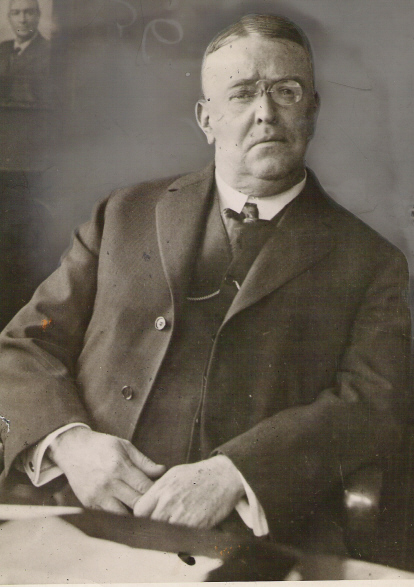
This control loosened a bit in 1917 when Harry Frazee purchased the Boston Red Sox. Johnson was not a fan of Frazee, and almost from the start seemed to want to drive Frazee off.
Meanwhile, the owners of the New York Yankees, Jacob Ruppert and Tillinghast Huston, were not exactly fans of Johnson. When they purchased the Yankees in 1915, Johnson promised them that he would help them purchase good players, but in fact he actually specifically BLOCKED them from acquiring players, including the great Tris Speaker, who Johnson funneled from Boston to Cleveland, a team that Johnson owned an interest in (the Yankee owners did not know this at the time).
In addition, Charles Comiskey, famed owner of the White Sox, who was once such great friends with Johnson that he helped ESTABLISH Johnson’s position, had soured on Johnson and the two were no longer friends.
So those three teams were on the outs, with the other five teams (known as “The Loyal Five” at the time) also set against the three “Insurrectos.”
Things escalated in 1919 when Boston pitcher Carl Mays, angry with the Red Sox over contract negotiations and the fact that the Sox (1918 World Champions) seemed likely to miss the playoffs (and therefore Mays would have little chance of getting a World Series bonus), left the team. The rumors were that Mays was hoping to “force” the Red Sox into trading him to a contender. Frazee was somewhat surprised that other contending teams WERE offering him good money for his malcontent.
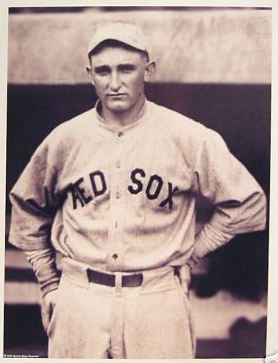
Frazee then traded Mays to the Yankees in the Summer of 1919.
Johnson, however, did not want to see future players using such a strategy to force trades, so he suspended Mays and refused to allow him to play for any other team while suspended.
They went to court over the suspension, and ultimately Johnson lost and Mays was allowed to pitch for the Yankees. That was the first major “loss” for Johnson as President.
However, this “victory” also further solidified the tension between Frazee and “The Loyal Five.”
So when, at the end of the 1919 season (a season where the Red Sox finished sixth out of eight teams), when his star player, Babe Ruth, demanded that his salary be doubled to $20,000, well, Frazee decided to get rid of Ruth, but as you could see, the teams he could deal with were limited.
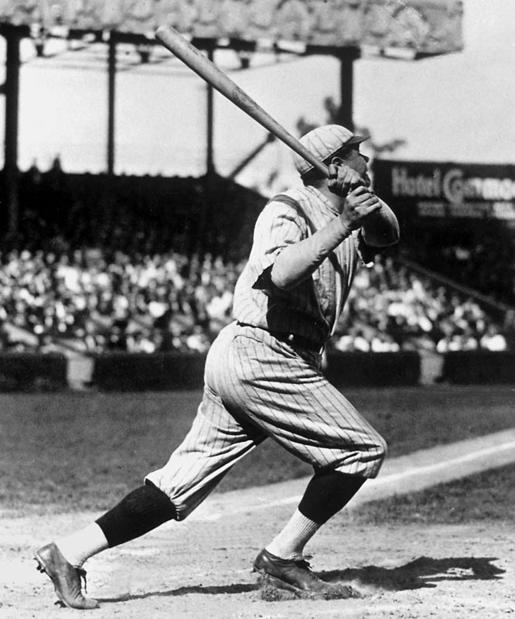
Please note, though, that people over the years have exaggerated the extent that “The Loyal Five” would not deal with the Red Sox. These guys were loyal to Johnson (some more so than others), but they were not stupid. If a player like Babe Ruth was available, they all weren’t going to let him pass by.
Clark Griffith, owner of the Washington Senators, for instance, at the very least was very much “in” on acquiring Ruth from the Red Sox.
That being said, it is fair to say that the other two teams in Frazee’s “group” had an advantage when dealing with Frazee.
And the Yankees in 1919, as they do now, had a very big advantage when it came to money, which was what Frazee was most interested in.
An interesting offer came from Comiskey and the American League champion White Sox, though. He offered up his star player, Shoeless Joe Jackson, as well as $60,000 for Ruth.
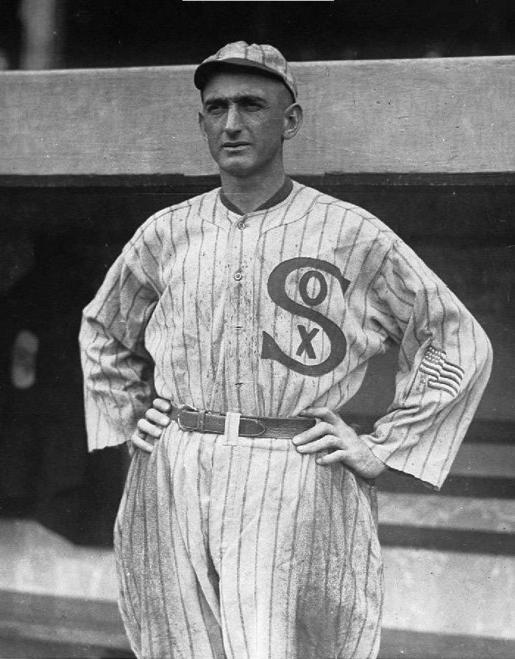
However, even at the time (December of 1919), there were rumors that Jackson and some of his teammates were involved in throwing the 1919 World Series (heck, before the Series BEGAN there were extensive rumors!).
So Jackson was not the prize that he would necessarily seem with his .351 batting average, .422 on base percentage and .506 slugging percentage.
This does not mean that Frazee turned down the deal for that reason, though. After all, the Yankees’ offer for Ruth was for over $100,000 in cash, plus three $25,000 notes that would be paid out over the next six years PLUS a $300,000 mortgage on Fenway Park (Frazee felt that he needed to purchase the park, as now if Johnson were to push him out as owner of the Red Sox, the new owners would have nowhere to play).
At the time, Frazee actually made a strong argument as to why he made the deal…
I should have preferred to take players in exchange for Ruth, but no club could have given me the equivalent in men without wrecking itself, and so the deal had to be made on a cash basis. No other club could afford to give me the amount the Yankees have paid for him, and I don’t mind saying I think they are taking a gamble. With this money the Boston club can now go into the market and buy other players and have a stronger and better team in all respects than we would have had if Ruth had remained with us.
You have to admit, that’s a pretty strong argument.
Of course, Frazee did NOT spend the money on his club, at least not to the extent that he said he would, and the Red Sox became worse and worse over the next few years.
It did not help matters that with the Black Sox scandal of 1920, now suddenly Frazee really couldn’t do business with Comiskey, either, so the Yankees remained his best available trading partner, and the two teams made a series of trades over the next few years that, while at the time not exactly lopsided, all seemed to end up in the Yankees’ favor, helping them to begin their famous dynasty, while the Red Sox fell all the way to last place in 1922 and 1923.
Ruth becoming even MORE famous as a Yankee sure didn’t help matters, either.

Frazee was finally pushed out in 1923 in favor of a ownership group led by Bob Quinn, a friend of Johnson’s. Quinn’s teams, though, did just as poorly, finishing last throughout most of the 1920s – it would not be until Tom Yawkey bought the team that the Red Sox returned to respectability (oh, and Frazee’s old rival, Johnson, also was pushed out as American League president in 1927, so Frazee didn’t need to feel too bad).
The legend is…
STATUS: True
Michael Lynch’s great book from 2008, Harry Frazee, Ban Johnson and the Feud That Nearly Destroyed the American League, goes into great detail about this era, if you’re interested.
Feel free (heck, I implore you!) to write in with your suggestions for future urban legends columns! My e-mail address is bcronin@legendsrevealed.com


